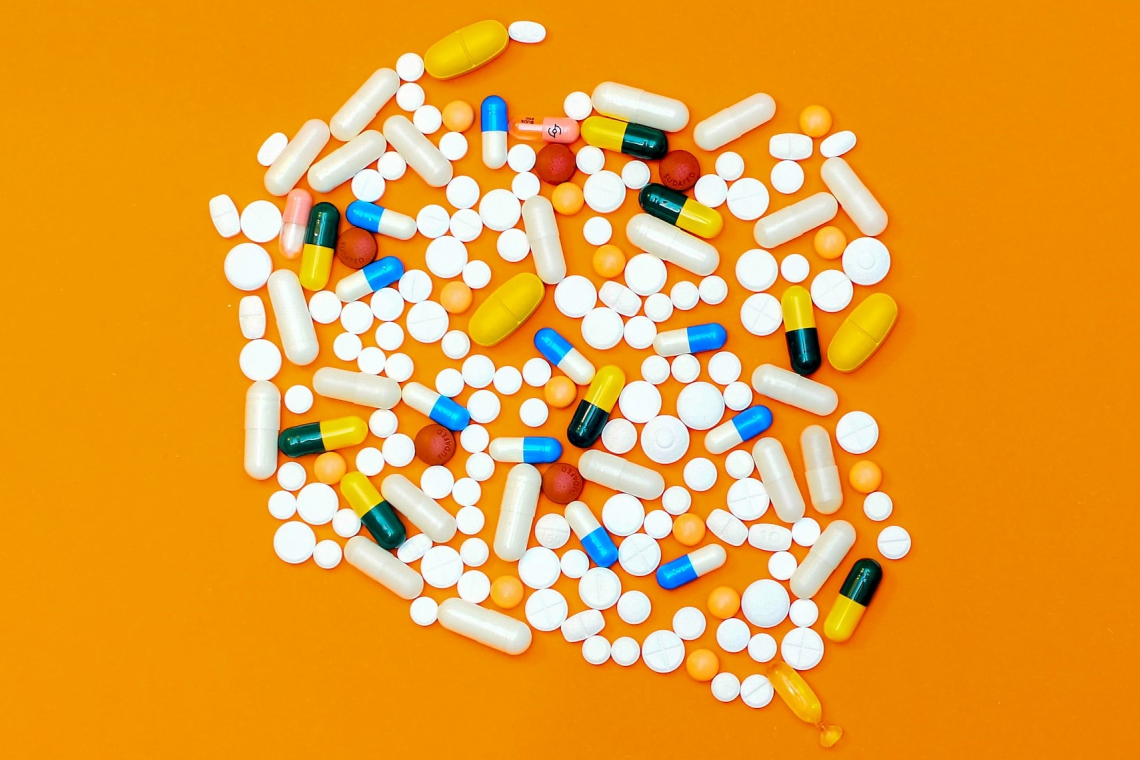By Colin Michie
Some parts of our diet, tiny quantities or micronutrients, have superpowers. The metal iron is one.
Although our bodies contain only about 5 grams of iron as an adult, it drives crucial transport and manufacturing. This metabolic strength allows cells to move oxygen, use energy and destroy invading microbes. Iron is one of the chemical gears in most living creatures. About half our iron is in the haemoglobin of red cells; a small amount is stored. Iron atoms are just the correct size to smoothly pick up oxygen in the lungs, then pass it on to myoglobins in muscles or tissues in your brain or kidneys. Animals, plants and fungi all compete for iron, for the same purposes. Even an athlete’s foot fungus will try to steal iron from our skin in order to grow. This competition for iron is lifelong.
We all collect iron – daily. Plants take up iron through their roots, seaweeds from the more iron-poor seas. Without iron, life slows down. Iron shortages are seen in nature; for instance, they may limit fish sizes and numbers in some seas. The only vertebrates that do not have haemoglobin and myoglobin are crocodile icefish, colourless creatures that live in cold Antarctic waters where very little iron is available. We have an elaborate digestive system to capture iron in the gut and transport it to cells in the liver and bone marrow. Iron pickup slows as we become older and in chronic diseases such as obesity or arthritis, or if we develop tuberculosis or a cancer. We cannot excrete iron well, but women can lose significant amounts through menstruation. Losses also happen from traumatic bleeding and to some parasites.
Human brains are needy for oxygen, and therefore iron. The foetal brain grows rapidly in the last twelve weeks of pregnancy and in the first year of life. Iron is used to develop new neural networks – a scaffold for brain development. This needs of the placenta for iron – therefore, mother’s needs – are high. If a pregnant mother becomes short of iron, her placenta will initially “give” the foetus some iron, even though she herself becomes anaemic. A large shortage of iron in pregnancy, however, can limit learning and school performance later in those infants whose neural scaffolding is not optimal. Such infants are likely to have lower birth weights too. Iron deficiency, anemie ferriprive in Marigot, has many influences on the health of mothers and children.
The World Health Organisation estimates some 40% of pregnant women around the world have iron deficiency, often because of dietary shortages. The effects on the education of their children means that this one nutrient has widespread impacts on whole communities. This deficiency has been described as a “hidden hunger” because the issue is not one of protein, fat or carbohydrate, but rather of a need for small quantities of a nutrient – a micronutrient. Other micronutrients include zinc, copper, manganese, iodine, fluoride, selenium and vitamins. Of all these, problems caused by iron deficiency are particularly common. Poor quality diets are often short in several micronutrients, so that iron deficient mothers and children may also suffer with shortages of vitamins A, D, and – in some parts of the world – iodine too.
After birth, infant brain growth requires a regular supply of iron, which is one of a myriad of reasons as to why breastfeeding has advantages over cow’s milk formula. The milk of other mammals has to have iron added in order to meet the needs of our infants. As children grow, they will become anaemic and show cognitive delays unless they have sufficient iron. A shortage of iron causes poor concentration, fatigue and reduced physical performance. It can have some unusual effects too, such as restless legs, or in the compulsive eating of non-food items including soils or clays (geophagia).
How can we ensure we all have sufficient iron? Foods often contain substances that compete for iron – plants have their own molecules to hold onto this nutrient that prevent us absorbing it. These include phytates in cereals and legumes, tannins and oxalates in some berries, fruits and teas. Providing vitamin C from citrus fruits, or adding functional foods such as chickpeas, roselle (hibiscus sabdariffa or sorrel), tamarind or moringa can all improve the availability of iron and other micronutrients in a meal. Iron availability is improved in processed foods by fortification or adding iron, for instance in cereal staples or condiments.
Iron supplements taken by mouth are not always effective quickly, or easily tolerated. Treatments with intravenous iron are becoming more common, as in less than an hour, a cure can be given in the clinic. Ensure you do not develop anaemia and help your brain work well – are you getting sufficient iron?
Useful resources:
https://www.fao.org/about/meetings/icn2/news-archive/news-detail/en/c/265240/







